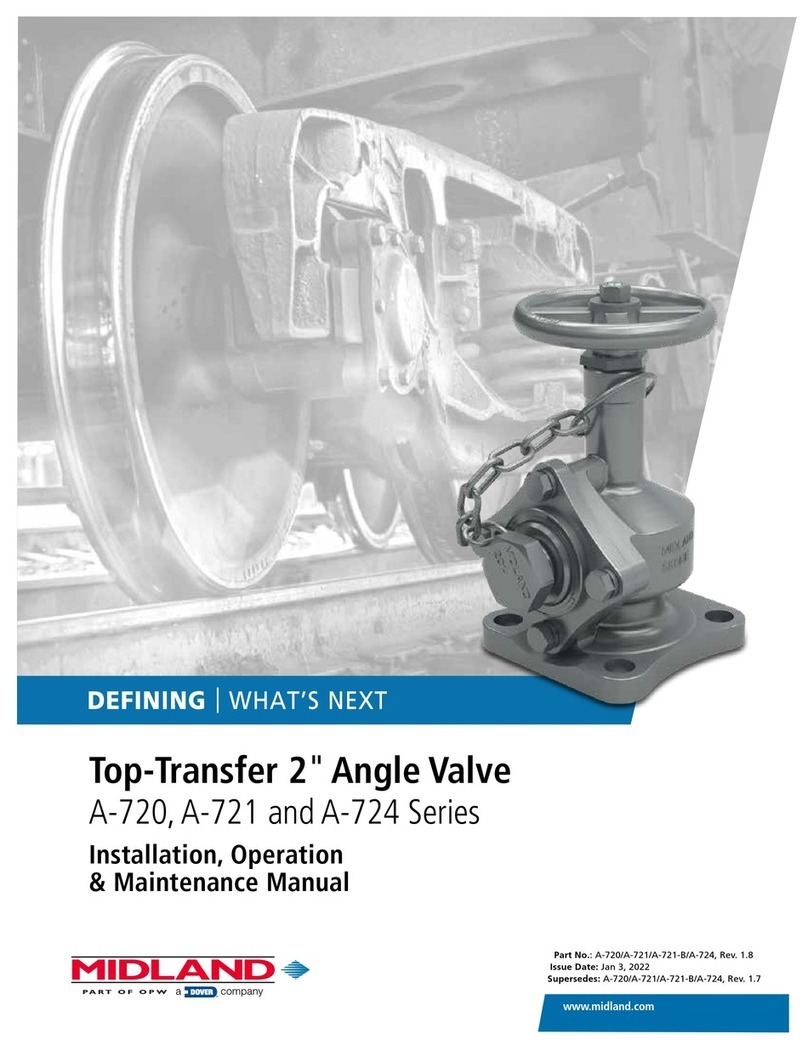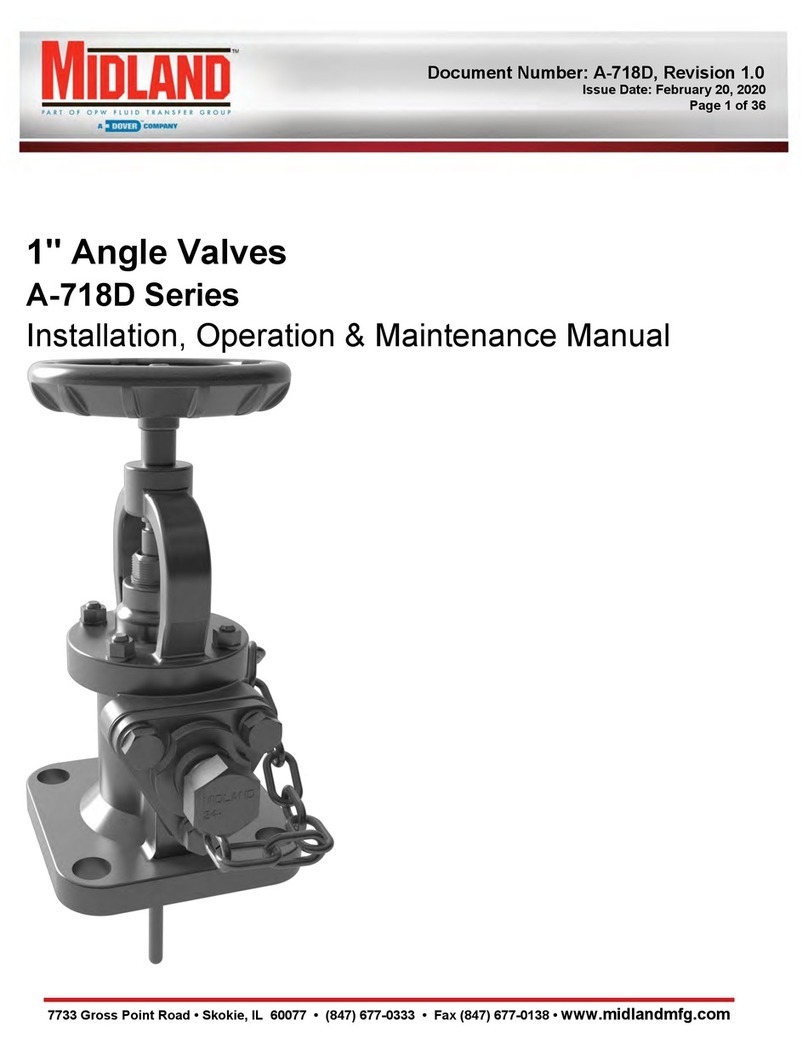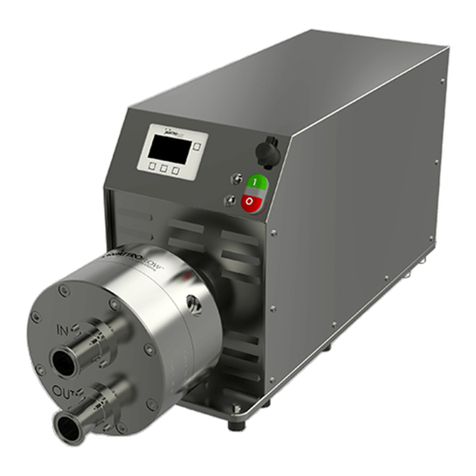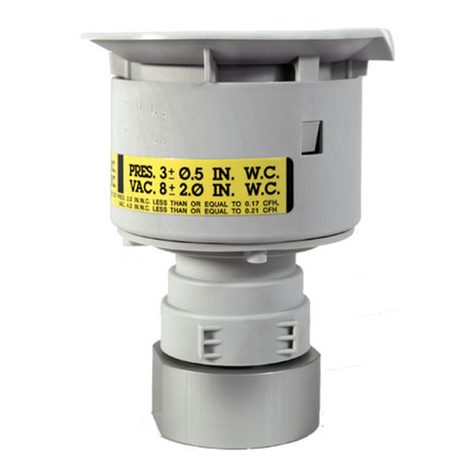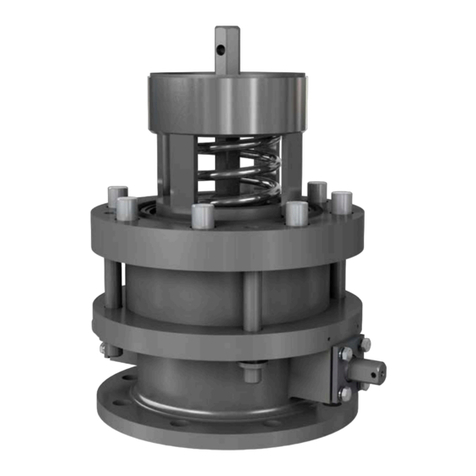
Installation, Operation & Maintenance Manual
2External-Style Pressure Relief Valve A-1402C Series
SECTION 1 | INTRODUCTION.......................................................................................................................................... 4
1.1 Technical Specifications .................... .............................................................................................................. 4
1.2 Valve Perspectives ............................................................................................................................................. 6
1.3 Pre-Installation Regulations / Requirements................................................................................................... 8
1.3.1 Regulations........................................................................................................................................... 8
1.3.2 Safety Precautions ............................................................................................................................... 8
1.3.3 Precautions for Mounted-Valve Repair .............................................................................................. 8
1.3.4 Required Tools ..................................................................................................................................... 9
SECTION 2 | VALVE INSTALLATION.............................................................................................................................. 10
2.1 Preliminary Considerations ..........................................................................................................................10
2.2 Procedure .......................................................................................................................................................10
2.3 Leak Inspection ...............................................................................................................................................12
2.4 Valve Operation Notes and Precautions ......................................................................................................12
SECTION 3 | VALVE DISASSEMBLY.............................................................................................................................. 13
3.1 Procedure .......................................................................................................................................................13
SECTION 4 | VALVE INSPECTION ................................................................................................................................. 16
4.1 Inspection Procedures ................................................................................................................................... 17
4.1.1 Top Guide............................................................................................................................................17
4.1.2 Adjusting Screw Threads ..................................................................................................................17
4.1.3 O-Ring Retainer Grooves ................................................................................................................... 17
4.1.4 Valve Body ......................................................................................................................................... 17
4.1.5 Plug...................................................................................................................................................... 18
4.1.6 Sealing Surface (Valve Mounting) ...................................................................................................18
4.1.7 Valve Spring ........................................................................................................................................ 19
4.1.8 Spring Guide ...................................................................................................................................... 19
4.1.9 Rupture Disc ....................................................................................................................................... 20
4.1.10 Rupture Disc Flange ..........................................................................................................................20
4.1.11 O-Rings................................................................................................................................................21
4.1.12 Special Inspection Considerations.....................................................................................................21
